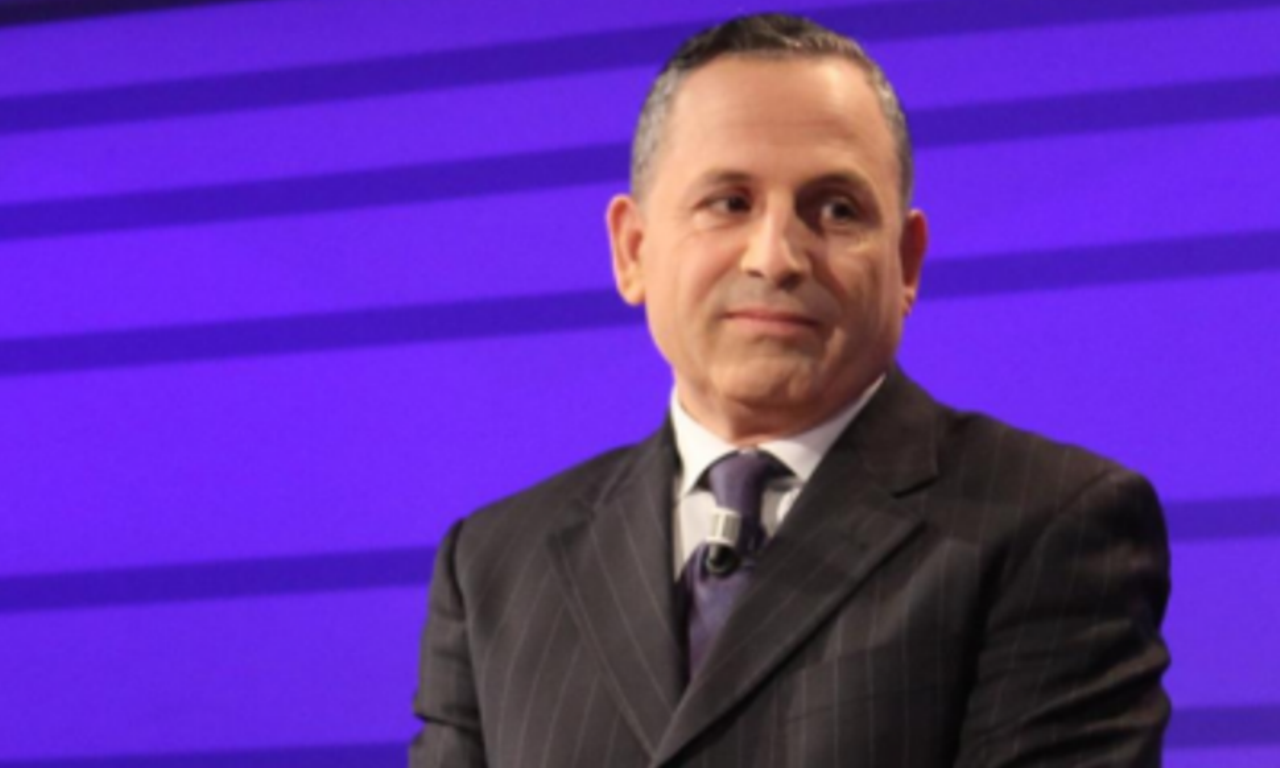
By Roland Qafoku
The selection of names that PM Edi Rama has made for his governing cabinet, is in line with the rule stipulated by the German philosopher, Friedrich Nietzche, according to which, everyone in this world is the average of 5 people that surround him. In fact, Edi Rama is now surrounded by 13 ministers and 1 deputy Prime Minister. This average becomes even stronger if we take into account the fact that they are almost three times more than this rule stipulates. What’s more, in the four years to come, Edi Rama will have the “steering wheel” all by himself. He will not have SMI or PJIU to blame any longer, or former PM Berisha, who “left a burned soil behind him”. But the most important thing is that in these four years, thanks to what they are expected to do, these ministers need to work in order to justify the trust that they have been given. Edi Rama, who continues to be the 33rd Prime Minister since Ismail Qemali, has been given power like nobody else before him in a democratic system. 11 ministries, 13 ministers and a deputy Prime Minister, announced yesterday following a speech that lasted 1 hour and 45 minutes, comprise the smallest government that Albania has ever had since the overthrow of the communist regime. The fact that 6 women ministers and 1 woman deputy Prime Minister make Edi Rama the Prime Minister who has worked the most with women. But who are these ministers? What do they represent? Above all, what is expected of their work in the four years to come, which Rama has considered as a mandate given by the people to fight poverty and make justice?
Senida Mesi, deputy Prime Minister
It is a novelty within Rama’s cabinet. The only problem of the no. 2 of the government is if she will truly be no. 2 or secretary of chores that the PM doesn’t want to do himself. Having no ministry of her own, chances are that this will be the case.
Pandeli Majko, minister of State for the Diaspora
After 12 days, Pandeli Majko makes a comeback in the government. After having served two times as PM and two times as minister of Defence, he’s the politician who has fought the toughest political battle within the SP to become chairman.
Sonila Qato, minister of State for Coordination of Relations with Enterprise
She started out as head of the department for the restitution and compensation of properties, while now, relations with the business sector will be her biggest challenge.
Fatmir Xhafaj
With his appointment for the second time as minister of Interior, Fatmir Xhafaj showed that old figures are worth it if they do a good job. The only problem with Fatmir Xhafa has to do with his past. His photo alongside Enver Hoxha has led to many accusations addressed against him.
Ditmir Bushati, Foreign minister
When many thought that Ditmir Bushati was leaving, Edi Rama reconfirmed him as Foreign minister for the next four years.
Olta Xhaçka, minister of Defence
Olta Xhaçka is one of those who has made the most of politics. From an activist at MJAFT NGO to three times being elected as a socialist MP, she has gradually climbed the steps of her career.
Etilda Gjonaj, minister of Justice
She didn’t win as commissioner for the Protection against Discrimination, because she didn’t obtain the votes of the opposition, but Etilda Gjonaj stood out as vice minister of Justice.
Mirela Kumbaro, minister of Culture
Considered as one of the ministers with the weakest performance during the first term in office, Rama must have had strong reasons to reconfirm her as minister.
Arben Ahmetaj, minister of Finance, Economy and Labor
Arben Ahmetaj is the most bizarre minister of Finance of Albania, after Kastriot Islami. Graduated in English, he continues to hold the key to the Albanian finances.
Lindita Nikolla minister of Education, Youth and Sport
Edi Rama must have made sure that this term in office includes names who are proud of their work and not arrogant.
Ogerta Manastirliu, minister of Health and Social Care
Manastirliu has a lot to do in order to change the concept of our healthcare system. A system which has been and continues to be one of the weaknesses of the Albanian state.
Damian Gjiknuri, minister of Energy and Infrastructure
Rama has made a big promise: he will not leave office without building the Road of Arber. And Gjiknuri is the man who is expected to lead the sectors of energy and infrastructure.
Niko Peleshi, minister of Agriculture and Rural Development
Although he came from Korca, the most eastern city in the country, directly to Tirana, he showed that he was the most western among the ministers of the first cabinet. Wherever Niko Peleshi is appointed he will excel.
Blendi Klosi, minister of Environment and Tourism
There’s one thing that Blendi Klosi has not changed in his entire career: he has always been himself and doesn’t change when things change within the party that he’s part of.
